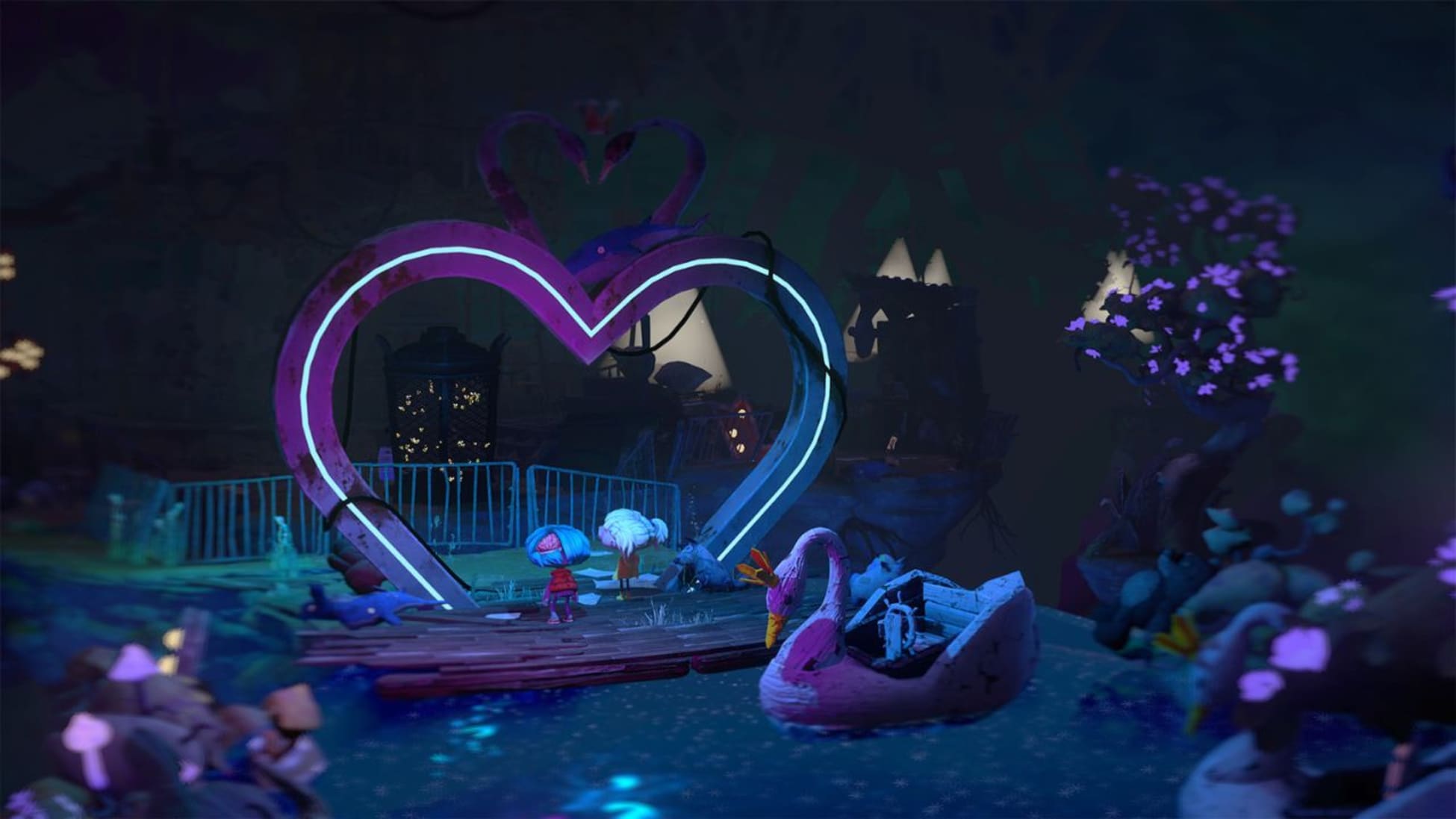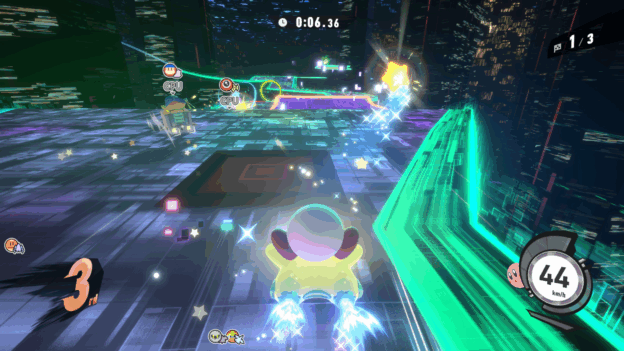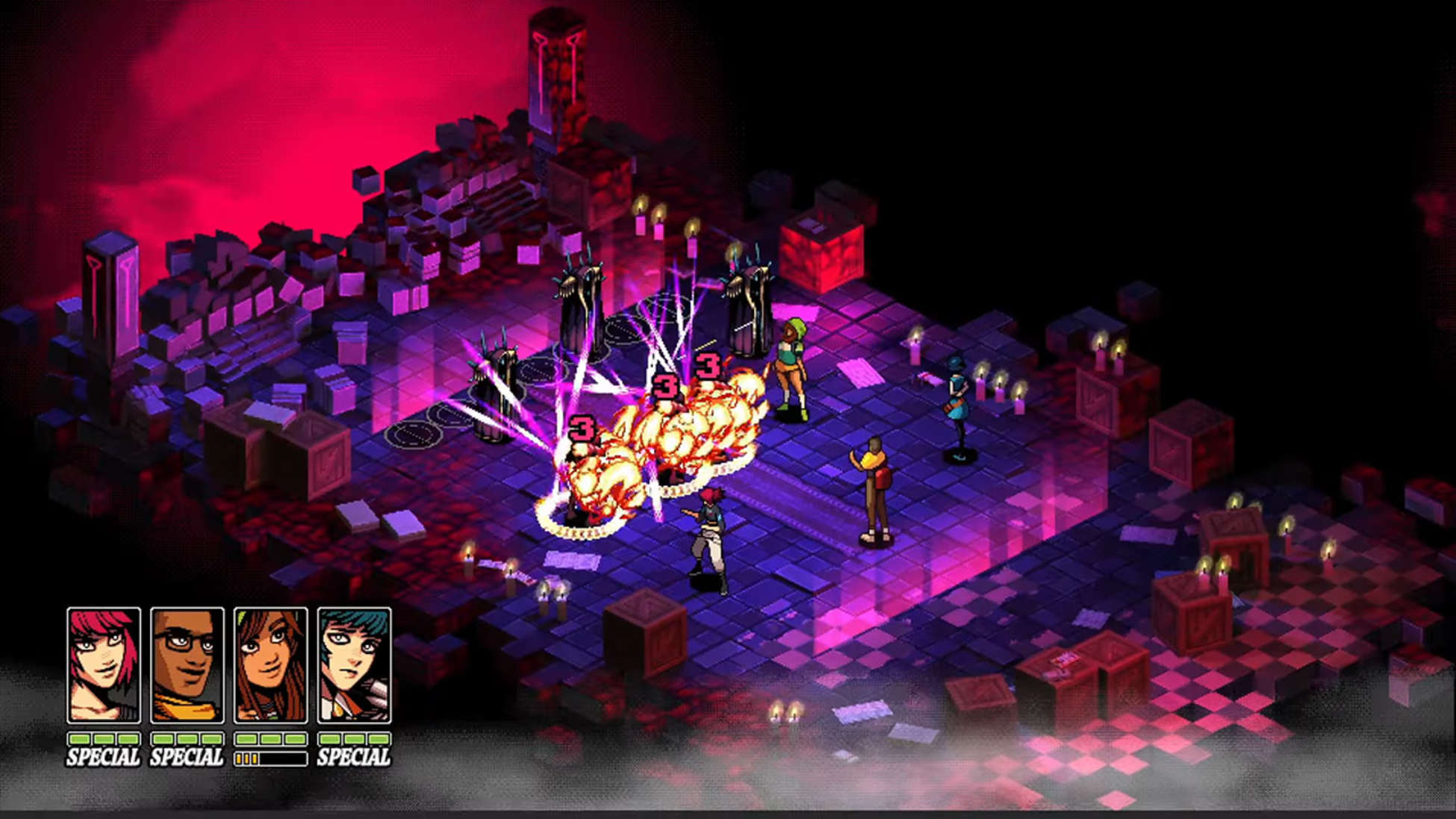Emio – The Smiling Man: Famicom Detective Club Review – Review

A few years ago, remasters of the Famicom Detective games were released on the Nintendo Switch. Despite being a fan of many Nintendo games, I had never heard of those; they were never released outside of Japan. So, I thought, “oh cool, those look neat… a little overpriced but I’ll check them out on a sale eventually”. Naturally, I never did. But then out of nowhere, Nintendo teased a third entry with the claim of this being their first M-rated game. Perhaps it was the novelty that this was a new entry in a series that had been dormant for three decades that piqued my interest. It also could have been that I had ignorantly assumed this would be a modernized experience compared to the recent remasters… or maybe it was just the interesting imagery of the smiling man himself that initially captivated the internet for a day until it was revealed to just be a sequel to that old niche game series. Regardless, I went into Emio – The Smiling Man: Famicom Detective Club (which I am going to just call “Emio” for the remainder of this review) curious, and optimistic. Part of me felt excited that I was trying out a new Nintendo IP whilst knowing it was a bit more niche and maybe could be a hidden gem that I was about to become an early adopter on. Nope!

Emio is mostly a visual novel with questionable storytelling, horrendous pacing, and A LOT of tedious menu fidgeting. It puts the player in the shoes of the young 19-year-old male protagonist who is working as a private investigator at the Utsugi Detective Agency. When a dead child is discovered in the middle of night, the protagonist and his plucky partner are called in to investigate and find the link to a series of child murders from two decades ago. What ensues is 10 hours of long, drawn out filler content, plot threads that surmount to nothing, and a finale that comes out of nowhere. Why does it come out of nowhere? Because while this is a mystery, the detective player is never given enough information to deduce the outcome. I never had a Professor Layton-style “finger-point” eureka moment. I never felt like I was piecing the details together… I had plenty of theories on how things would connect, all of which were wrong. Frankly, there are many questions left unanswered in the final chapter and aren’t expounded on until an epilogue after the credits roll. If anything, this is less of a mystery game, and more of a police drama. The pacing is largely to blame here. Emio markets itself as a mature, dark and twisted tale that really doesn’t get going until the experience is almost over. I’ll give it credit, I kept asking myself, “where is this going?” throughout the majority of my time investigating.
So, what does “investigating” look like in Emio? It is a visual novel after all… so there must be more than just pressing the A button to see the next line of text, right? I wish that were the case, but unfortunately Emio equips players with an ever-evolving menu in the corner of the screen with various actions for the player to choose from. A handful include: Engage, Listen, Think, Use Phone, Open Notebook, etc. Most of the experience will have the player talking to another character in the story. Different commands will elicit different lines of dialogue. Depending on what action is chosen will lead to different lines of dialogue, all of which are funneled into the same outcome for the story.

Frustration ensues with just how clunky this process is. You’ll “engage” a character and then choose from a list of topics for said character to discuss with you. After a few lines of dialogue, you will be taken back to that menu so you can choose a different option. You would think this means you need to now do something else to continue the scene, but no. Emio just wants you to press the same command again. And again. And again. It’s a glorified A button. You might have to pick something else on the list of topics to talk about, or in really infuriating moments, be forced to use the “think” action so you can hear the protagonist’s inner-voice, despite his inner-voice being present in the conversation. This process is a non-stop trial and error of just choosing actions and hoping eventually you break dialogue loops so you can press onwards. It’s like a poor man’s version of negotiation with demons in a Shin Megami Tensei game but solely to get exposition. This fluff adds up to a monument of wasted time. An aside, my complaint for The Legend of Zelda: Tears of the Kingdom was that it disrespects the player’s time. While that game is far bigger and different than Emio, it is like Citizen Kane in comparison.
So, is that all there is? No. Fans of the video game, Other M will be pleased to learn that many interactions feature segments where the player must navigate a cursor on the screen to a specific area to proceed. Sometimes, multiple times in the same spot! Looking for directions to get to a certain location? Just keep on inspecting random spots in that cabbage patch field… another character will pop up eventually to help you out. Can’t figure out why a character won’t say anything else to you? Whip out that cursor again and start inspecting their entire figure. It’s maddening. The entire time I just wanted to get on to the next part, and I constantly felt that initial interest in what Emio appeared to be on the box slipping away. Until of course the end when the tone whiplashes.

I’ll steer clear of specific spoilers of course but there are some inherent issues baked into the core identity of Emio that are what will most assuredly be discussed in years to come. Yes, this is a mature, and dark game. Not a game for Nintendo’s usual family-friendly catalogue. There is some hard imagery and yet a lot of it feels unearned. I would say 90% of what you think you’re signing up for is in the last 2 hours of the game, whereas the previous 10 hours or so felt like it could have been condensed into a single hour. I’m not kidding, chapter 5 has a little quiz at the end to review the information you “just” learned, all of which is information the player learned in chapter 1. Because of this slog, the tone can’t decide what it’s going for. A child is dead and rather than focus on the case, we’re trying to hit it off with a hot police officer. Later, the narrative is focused on cracking jokes about a perverted teacher that should not be near minors. Is this supposed to be funny? Worse yet, I even found myself disagreeing with the deductions that the protagonist was making (i.e. one of the victims has a different type of paper bag on her head than the others, so that MUST mean there are two different killers! No!) It’s just absurd how logic works… and not in a fun, campy way. Just a dumb way.
Is there anything I really liked about Emio? Sadly no. I can tell you that the artwork is nice, and the animation can bounce between stiff and puppet animation. The music is just nice elevator music, but I don’t really have any strong feelings towards it. It’s cool that its voice acted, even if I don’t speak Japanese. But I really wish I had more positive comments for the overall experience. This just did not land for me at all and that’s okay, it’s not going to be for everyone. I have observed online a plethora of praise for the ending, and its animated epilogue, so it’s divisive to say the least. I don’t think I am going to be the only person letdown by the edgy promises from the reveal. Just because something has dark themes like mental illness and domestic abuse doesn’t suddenly make it a great commentary on them. Games such as Mother 3 and Captain Rainbow being left unlocalized compared to the cavalcade of embarrassment in Emio is probably the biggest mystery this game has. Hopefully you’re left with a bigger smile on your face than I was.




